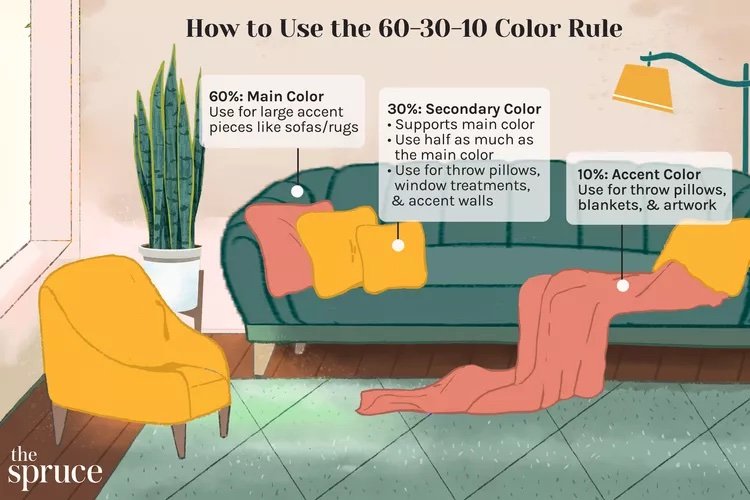Decluttering and organizing your home can feel like a daunting task, but it doesn't have to be. One principle that can make a big difference in creating a visually appealing and organized space is the 2:8 storage principle.
Photo by CHUTTERSNAP on Unsplash
According to some storage experts, the 2:8 principle involves keeping only 20 percent of your things visible while storing away 80 percent. While this may seem extreme, the basic idea is that the key to good storage is accessibility and strategic placement. By having well-placed storage areas throughout your home, you can keep your space tidy and visually appealing.
To get started, it's helpful to mark the possible storage locations in each room on a floor plan. This will help you identify where your current storage areas are and if they're balanced between open and closed storage. It's best to avoid open storage places in sightlines as they can be visually distracting and affect the feel of multiple rooms.
Photo by Sanibell BV on Unsplash
When marking the plan, use different-color pens for open and closed storage areas. This will make it easier to see if you lack storage space overall or if you need to create a better balance between open and closed storage.
Implementing the 2:8 storage principle may take some effort, but it can transform your home into a more organized and visually appealing space. By strategically placing storage areas and keeping only 20 percent of your things visible, you can create a calming and stress-free environment that will make you feel more relaxed and at ease in your own home.
In conclusion, the 2:8 storage principle is a simple but effective way to declutter and organize your home. By following this principle, you can keep your space visually appealing and stress-free, creating a comfortable and inviting atmosphere that you'll love coming home to.





























